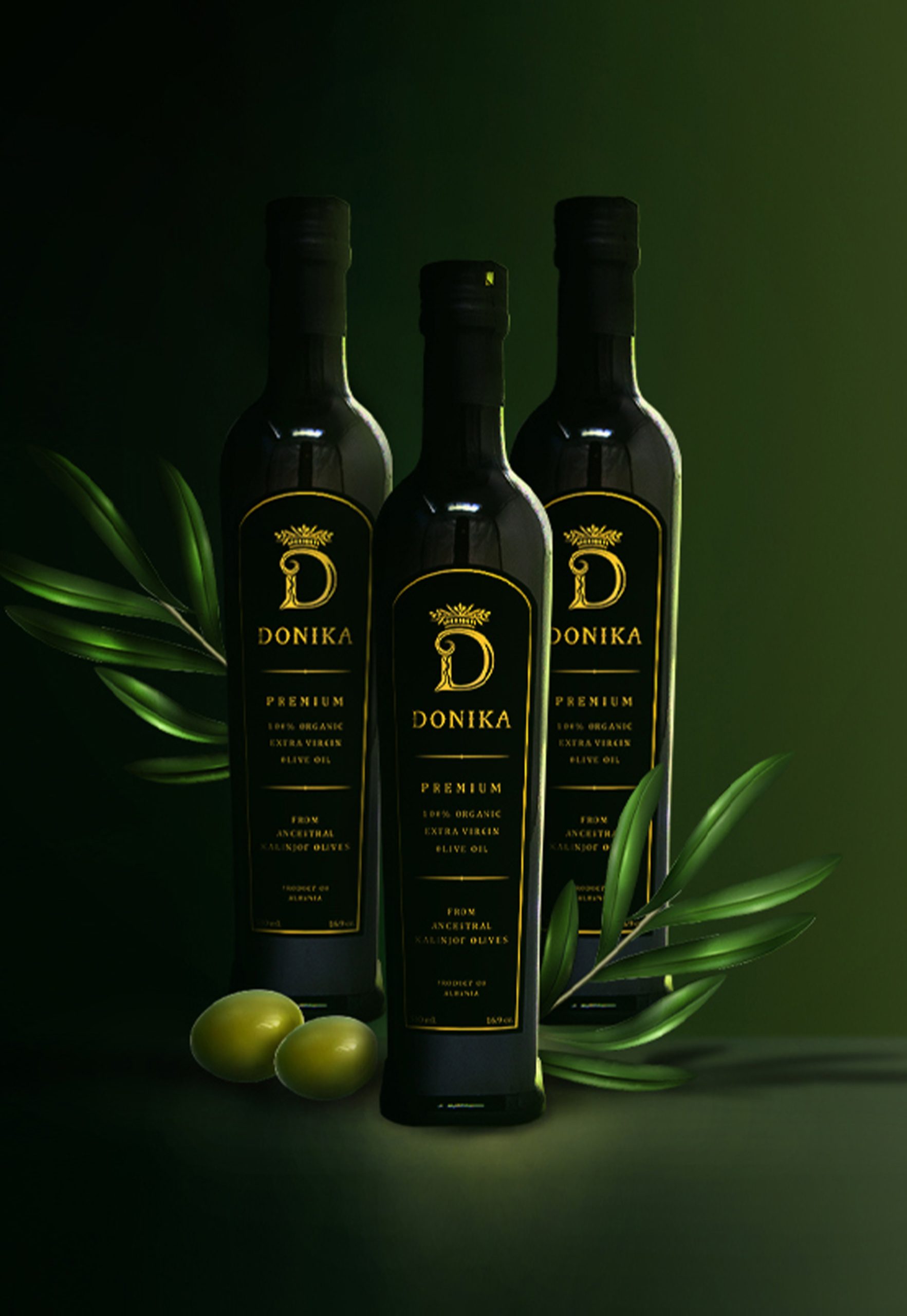Head Grove Agronomist Mendim Bacaj:
In the first trimester of 2023, farmers successfully performed all seasonal services in olive
cultivation, such as pruning, treatments with copper-based preparations, and the distribution of
organic fertilizer.
Blossoming was satisfactory, but the continuous rainfall in the months of April and May left
areas for improvement on the fruit-setting process. Amidst these uncontrollable challenges, a
positive shift became apparent after the spring.
High temperatures up to 42 degrees Celsius in the months of June, July, and August created
significant stress in the normal development of the olive tree [Olea europaea]. The heat was
perfect to create enough of a secondary metabolic response to produce significant amounts of
polyphenols.
This situation also prevented the olive fly [Bactrocera oleae] from depositing eggs on the olive
fruits, resulting in a harvest free from infection.
On the dates 09.05.2023 and 09.06.2023, the first rains arrived with a contribution of 20 mm of
rain, which had a positive impact on improving the condition of the olive trees.
During October 2023, on the dates of 10.21.2023 and 10.27.2023, approximately 45 mm of rain
fell, stabilizing the growth trajectory of the olives.
Harvest began in the early morning hours of 10.30.2023
In the month of November 2023, the harvesting month for the [Kalinjot] cultivar, there were continuous rains with a contribution of 95 mm of rain.
In this situation, the production of [Kalinjot] olives is expected to be of very high quality,
dominated by essential elements such as acidity below 0.2%, peroxides below 10, and elevated
high phenols.
Harvest was completed on 11.15.2023, and 3000 bottles will be produced.
For this production year, we will have an aromatic oil, green/gold in color, and free from pesticide residues, which of course, are disallowed in organic farming.
Vlore, 11.15.2023


